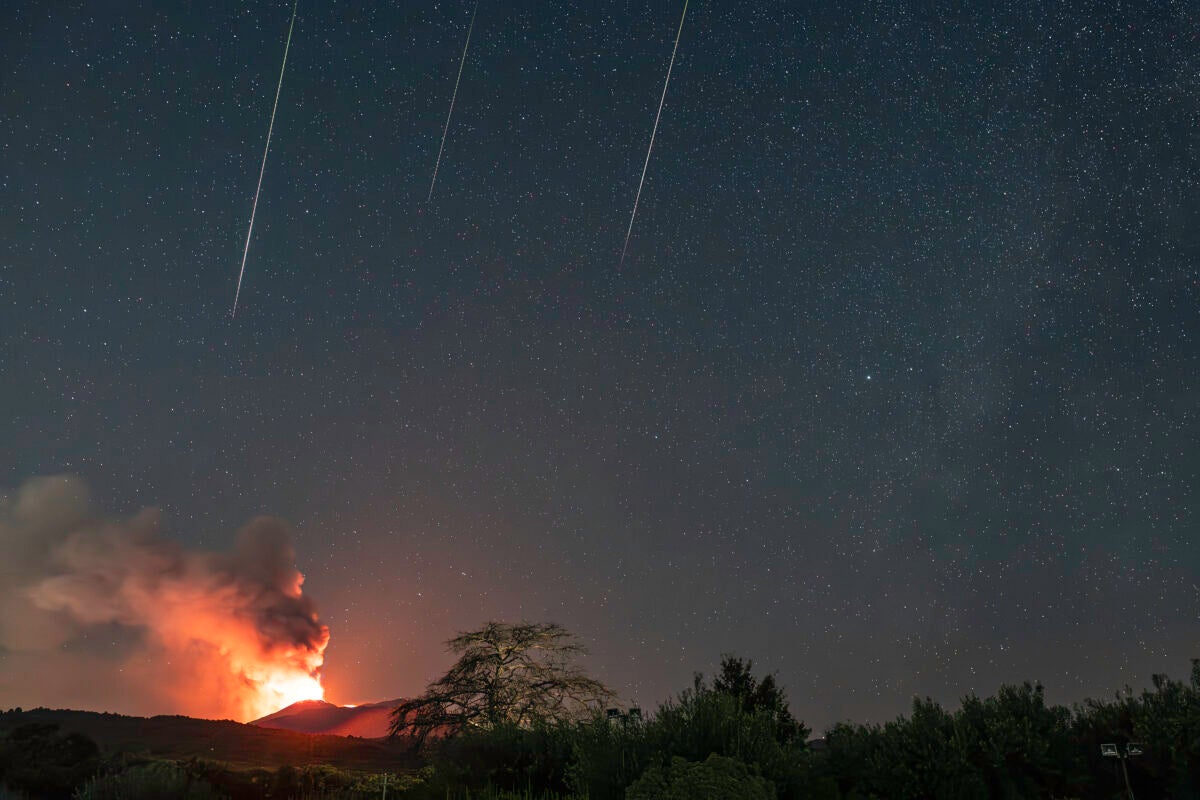
Three Perseid meteors fall on Mount Etna. A study suggests that NASA's DART mission, which hit an asteroid, could create a meteor shower, called Dimorphic. Credit: Gianni Tumino
In 2034, humans could witness the first artificial meteor shower triggered by activity in space.
That's according to a new simulation led by Eloy Peña Asensio of the Polytechnic University of Milan in Italy, who modeled the trajectories of 3 million particles of rocky debris spewed into space after NASA's DART spacecraft intentionally crashed into the tiny asteroid Dimorphos in 2022.
The DART accident, which can be compared to a vending machine crashing into a football stadium, Altered the shape of the asteroid and sent more than 2 million pounds (1 million kilograms) of rocks and dust hurtling into space, thanks to Dimorphos's rubble-like nature offering little resistance. The ultimate fate of all that debris has been uncertain — until now.
Using data collected by the Italian microsatellite LICIACube that traveled on DART and He recorded the collision and its consequences.Asensio and his colleagues have now modelled the path of the ejected debris. The researchers grouped the debris into three categories based on their sizes (10 cm, 0.5 cm and 30 micrometres) and speeds between 1 metre per second and 2 kilometres per second (between 2.2 mph and 4,500 mph).
Researchers estimate that some of the high-speed material will drift toward the vicinity of Mars within seven years and create an observable meteor shower. This scattering of debris, called Dimorphids, will result from particles that were launched at speeds of 1,700 mph (770 meters per second), while slower particles would reach the Red Planet a couple of years later, according to a new paper by the researchers that has been accepted for publication in Journal of planetary science.
A few grams of ultrafast-moving debris particles could also reach Earth in about seven years, but only tiny fragments that were ejected from Dimorphos' surface at speeds exceeding 3,300 mph (1.5 kilometers per second) have a chance of reaching our planet, Asensio says.
“We were surprised to discover that it is possible for some centimeter-sized particles to reach the Earth-Moon system and produce a new meteor shower,” study co-author Josep Trigo-Rodríguez of the Spanish Institute of Space Sciences said in a recent paper. press release“If this happens, we will witness the first man-made meteor shower,” Asensio added.
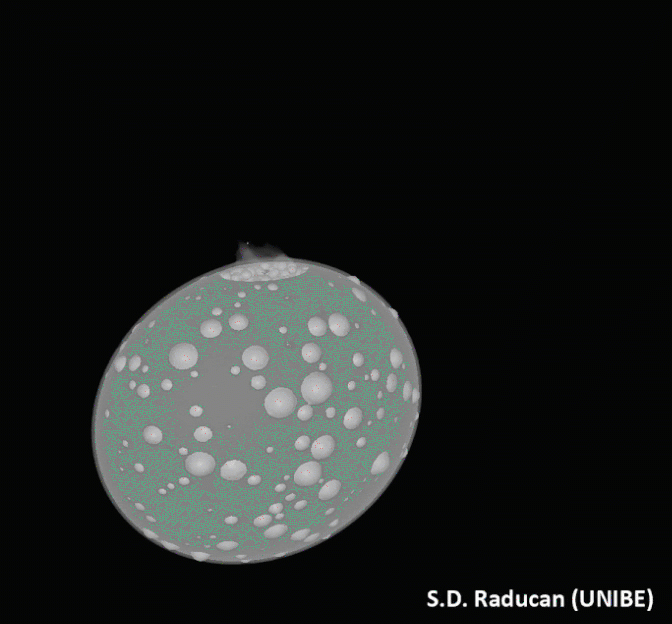
The new simulation predicts that the Earth-bound debris will produce bright streaks likely visible to the naked eye, predominantly in the southern hemisphere. “The potential DART-created meteors would be slow-moving … and would most likely occur in May,” study co-author Michael Kueppers of the European Space Agency (ESA) said in the statement.
Asensio says the debris, the largest pieces of which would be the size of a softball, will not pose any significant risk to our planet as it will vaporize in the upper atmosphere long before reaching Earth's surface.
According to experts, the approaching debris would not pose a real threat to satellites orbiting Earth. “It’s something you could detect if you really tried, but it’s not something to worry about,” says Jonathan C. McDowell, an astrophysicist at the Massachusetts Center for Astrophysics.
An internal analysis by the DART mission team agrees, showing there is “no significant debris hazard” in near-Earth orbit, said Tom Statler, NASA's DART program scientist. The New York Times.
The fact that the LICIACube spacecraft and several ground-based telescopes were able to observe sand-sized particles spewing off the surface of Dimorphos is a testament to modern technology. Of course, the debris particles moved away from the asteroid shortly after DART's impact and have long since been lost to telescopes.
“They simply fade away into the darkness of space,” Asensio says. “It is no longer possible to observe them.”
The next chance to see the debris will be when it enters the atmospheres of Mars or Earth and produces observable meteors. And while the prospect of beholding a man-made meteor shower is fascinating in itself, astronomers are also eager to take advantage of the rare opportunity to gather scientific data. This observational data could help them confirm and fine-tune simulations of the debris’ dynamics and motion, which could inform future planetary defense techniques, Asensio says.
Meanwhile, Dimorphos and its larger companion Didymos will be visited by a robotic ESA Hera mission in late 2026. The spacecraft is designed to study Dimorphos’ post-impact appearance, including its composition, permanently altered structure and wobbling profile.
“Everything we could see well from DART was either pushed out or pushed aside,” Statler said earlier. Astronomy“We could be looking at what is, for all intents and purposes, a completely new asteroid to our vision.”







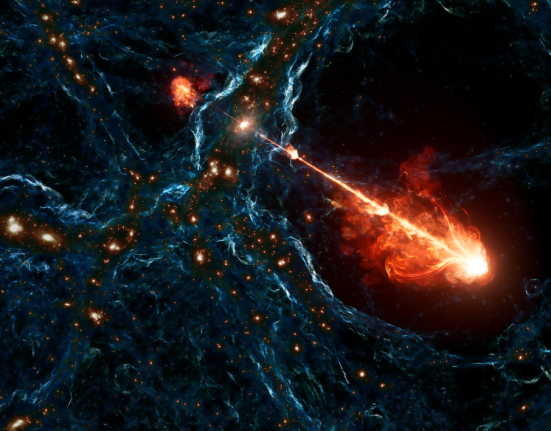
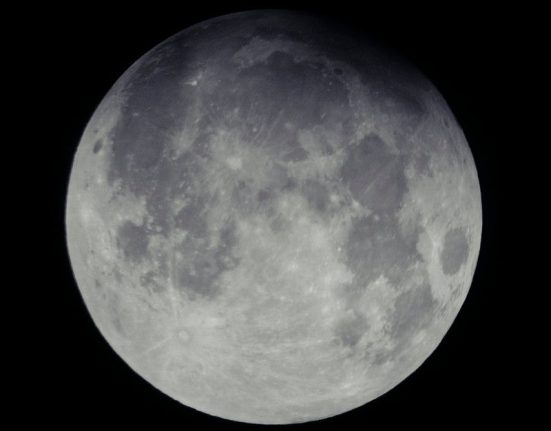

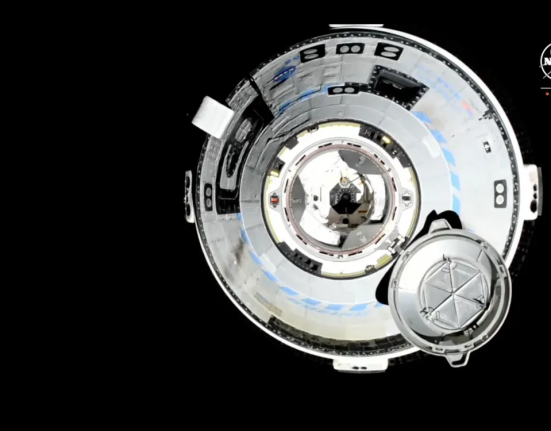
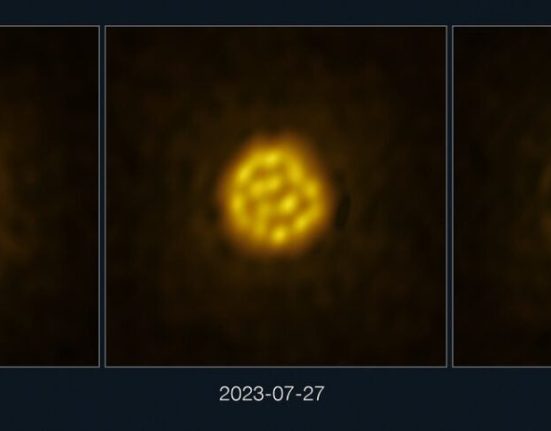
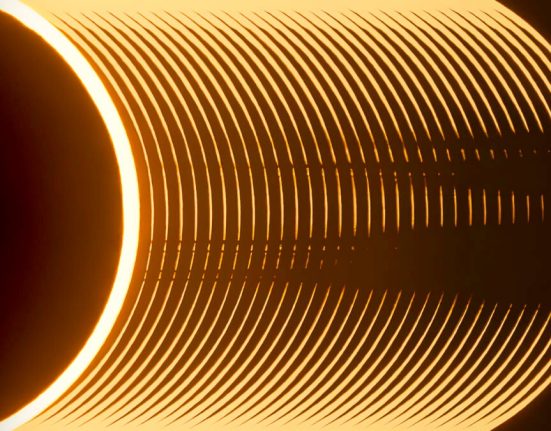
Leave feedback about this